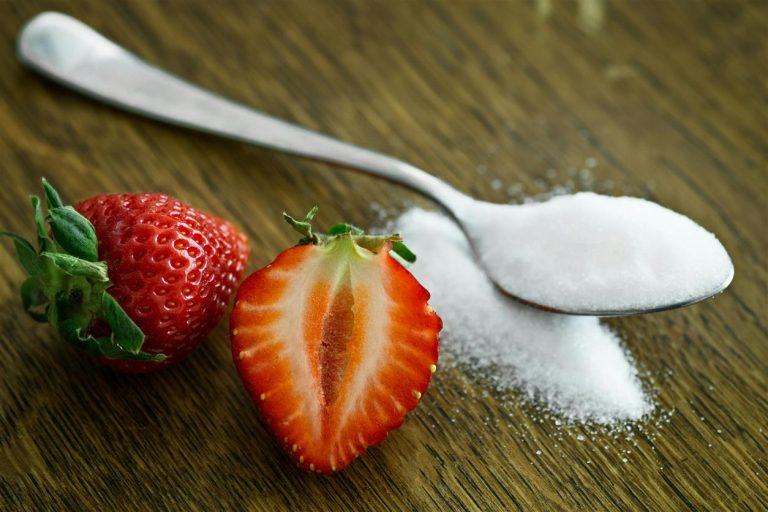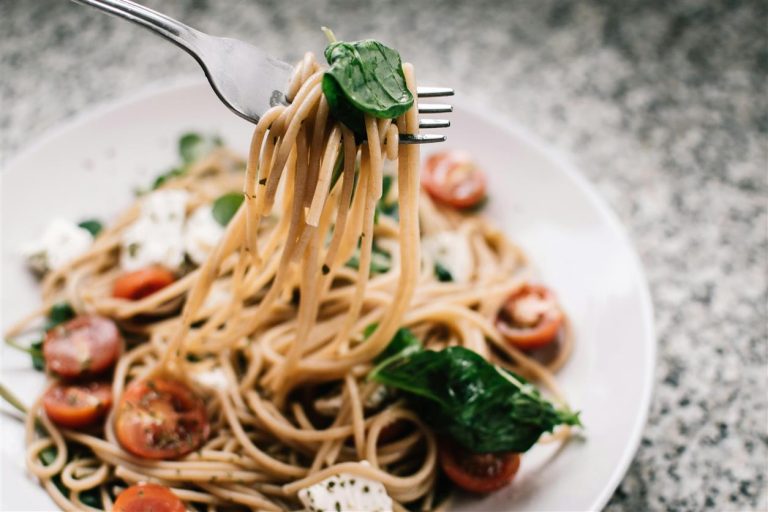
A zero-waste kitchen might sound like an eco-lover’s fantasy or something reserved for people with jars of lentils and compost bins on every countertop. But at its core, a low-waste kitchen is about two simple things: using what you have and wasting less. And the bonus? You’ll almost always end up spending less money, too.
With rising grocery costs and the pressure of packed schedules, many of us throw out more food than we realize. A wilted bag of spinach here, half a loaf of stale bread there—it adds up. According to multiple studies, the average household tosses hundreds (if not thousands) of dollars in food each year.
But it doesn’t have to be this way.
You don’t need to overhaul your life or become a zero-waste guru overnight. You just need a few habits and tweaks to shift your kitchen into something that works better—for you and the planet.
Here are some realistic, no-nonsense tips that can help you cut waste and save cash without losing your sanity.
1. Use What You Have Before You Shop
This sounds almost too simple, but it’s wildly effective. Before heading to the store or opening a delivery app, take five minutes to scan your fridge, freezer, and pantry. Make it a habit to “shop your kitchen” first.
Ask yourself:
- What needs to be used up soon?
- Can I make a meal around this instead of buying more?
- Are there leftovers I forgot about?
Even if you’re not into meal planning, this quick check can keep you from buying duplicates or letting things expire.
Pro tip: Keep a whiteboard on the fridge with a list of what’s already prepped or needs to be used soon.
2. Get Comfortable With Imperfection
Perfect produce might look great on Instagram, but food doesn’t need to be flawless to be delicious. Wilted greens can go in soup or a smoothie. That sad, bendy carrot? Still fine once roasted.
Instead of throwing things out based on how they look, ask: Is it truly bad? Or just not pretty?
Also, “best by” and “sell by” dates are not hard expiration deadlines. Use your senses. If something looks fine, smells okay, and tastes normal—it probably is.
3. Use the Freezer Like a Pause Button
Your freezer isn’t just for frozen pizza. It’s one of the most underrated tools for preventing waste.
- Freeze leftover herbs in olive oil in ice cube trays.
- Toss overripe bananas into a bag for future banana bread or smoothies.
- Chop and freeze veggies before they go bad—especially onions, peppers, and celery (aka soup starters).
- Batch-cook grains or beans and freeze for quick meals later.
Think of your freezer as your kitchen’s “save for later” folder.

4. Save Your Scraps—They’re Not Trash
Vegetable peels, herb stems, and even parmesan rinds have more to give.
- Veggie scraps: Keep them in a freezer bag to make homemade broth.
- Citrus peels: Dry them for tea or zest into dishes for flavor.
- Stale bread: Make croutons or breadcrumbs.
- Coffee grounds: Great for garden compost—or even as a fridge deodorizer.
You’re not only avoiding waste—you’re making use of every dollar spent.
5. Embrace Leftovers, But Give Them a Twist
Leftovers don’t have to feel like reruns. A little creativity goes a long way.
- Last night’s roasted veggies? Toss them into an omelet.
- Rice from takeout? Stir-fry it with a few eggs and frozen peas.
- Grilled chicken? Turn it into wraps, salad toppers, or quesadilla filling.
If you don’t want to eat the same thing twice, just change the form.
6. Stop Throwing Out Food Too Early
Avocados with a brown spot? Just cut it out. Cheese with a little mold? Scrape it off. Soft tomatoes? Perfect for sauces.
So much food gets tossed because we expect it to last forever. While food safety is important, it’s worth learning the difference between truly spoiled and simply “less fresh.”
7. Learn a Few “Catch-All” Recipes
There are certain meals that can absorb almost anything you have lying around. These are your zero-waste MVPs.
- Frittatas: Great for leftover veg, meats, and cheeses.
- Soups: Use up aging produce or leftover grains.
- Stir-fries: Whatever’s in the fridge, add soy sauce and garlic, and you’re golden.
- Fried rice or pasta: Easy ways to stretch small amounts of leftovers.
- Smoothies: A soft banana, half an apple, frozen spinach—blend and sip.
Keep these in your back pocket for the “I don’t know what to cook” nights.

8. Ditch Single-Use Mindsets
Small changes in how you store and prep food can add up:
- Use beeswax wraps or reusable silicone bags instead of plastic wrap.
- Store greens with a paper towel to keep them dry and fresh longer.
- Don’t pre-wash berries if you’re not eating them right away—they last longer dry.
Being mindful about storage keeps your food edible for longer, and less food in the trash means more meals from the same grocery run.
9. Compost (Even Just a Little)
If you’ve got the space—or even just a countertop bin—composting can keep your waste lower and your garbage from smelling like a science experiment.
Even if you’re not ready to compost everything, starting with fruit and veg scraps is a simple step. Some cities offer drop-off composting or pickup programs too.
10. Write a “Use Me First” List
This one’s easy and surprisingly effective. Keep a sticky note or marker board where you list items that are close to expiring. That half-tub of ricotta? The lone zucchini? If it’s listed in front of your face, you’re more likely to use it.
Real Talk: You’re Still Going to Waste Some Food
And that’s okay. The goal isn’t perfection. It’s progress.
A few rotten strawberries or forgotten leftovers don’t undo the good habits you’re building. Keep going, tweak your routine, and remember: the more you pay attention, the easier it gets.
Final Thoughts
The beauty of a low-waste kitchen is that it doesn’t demand more from you—it simply helps you make the most of what you already have. In a world that constantly pushes for more, faster, newer, a zero-waste approach quietly says: What you’ve got is already enough.
And the added bonus? Your grocery bills might just thank you for it.






